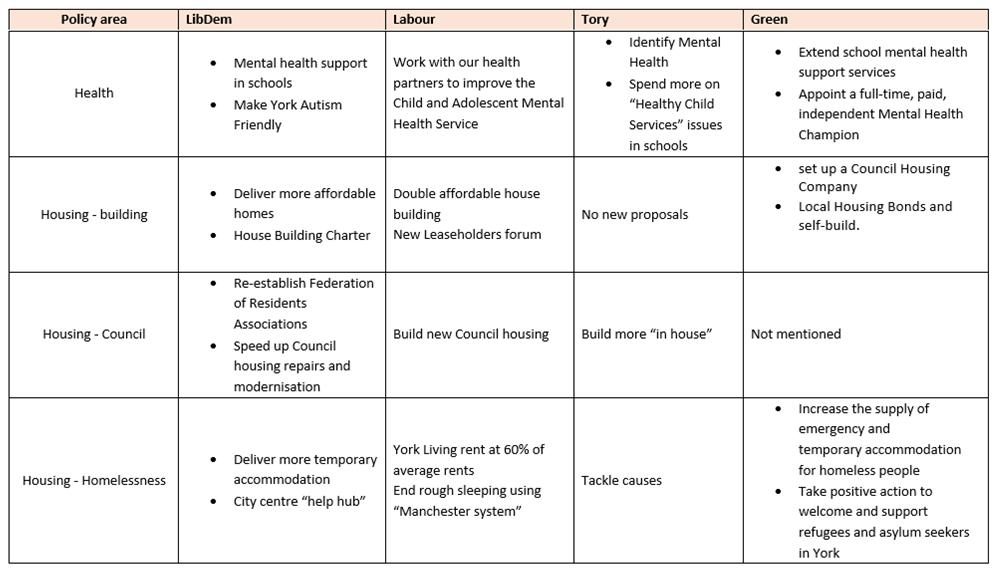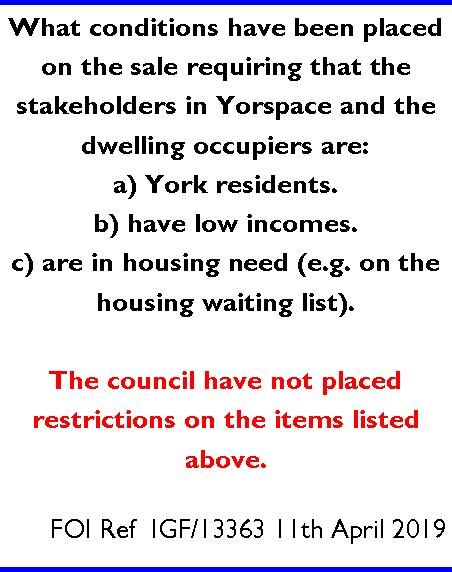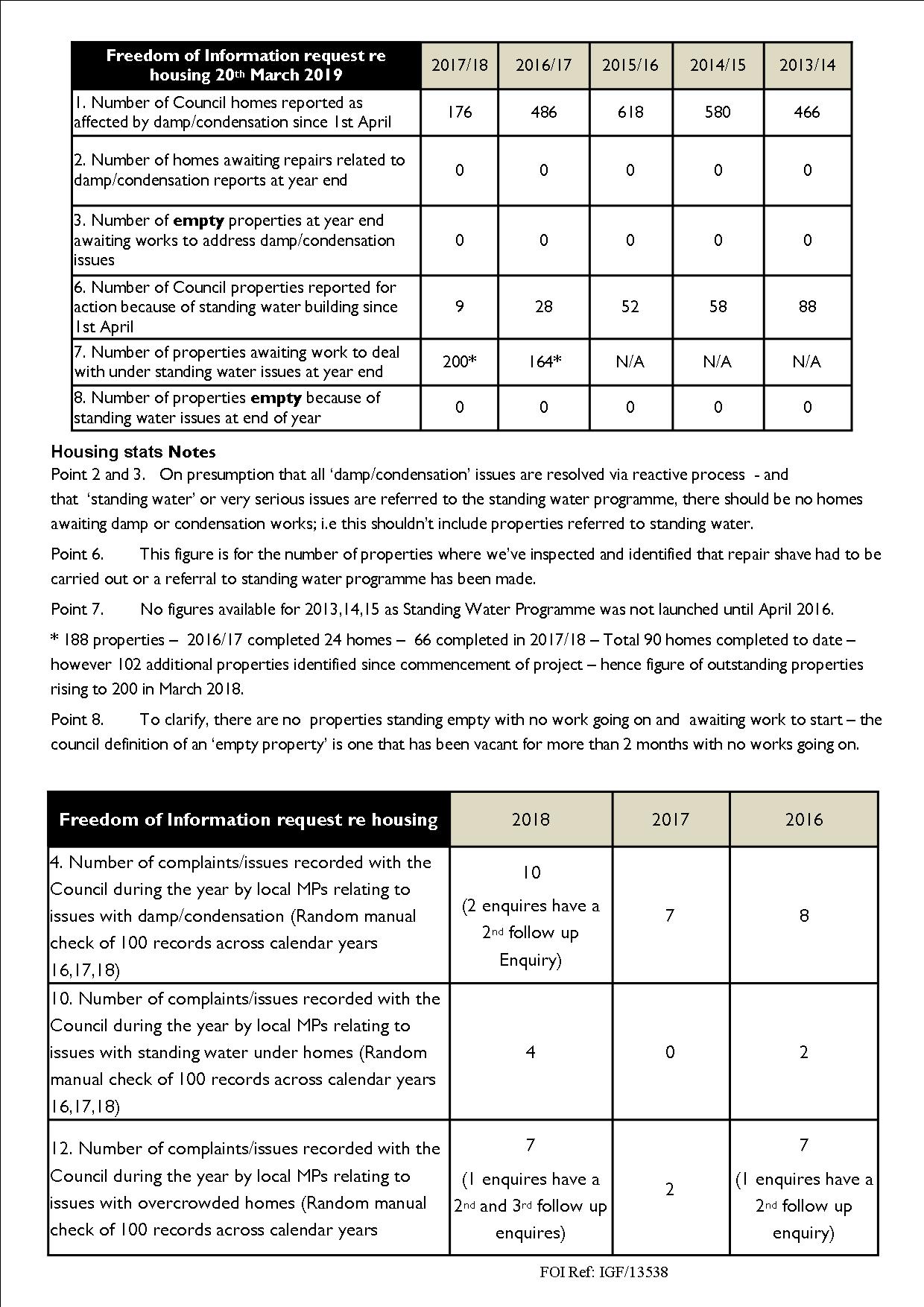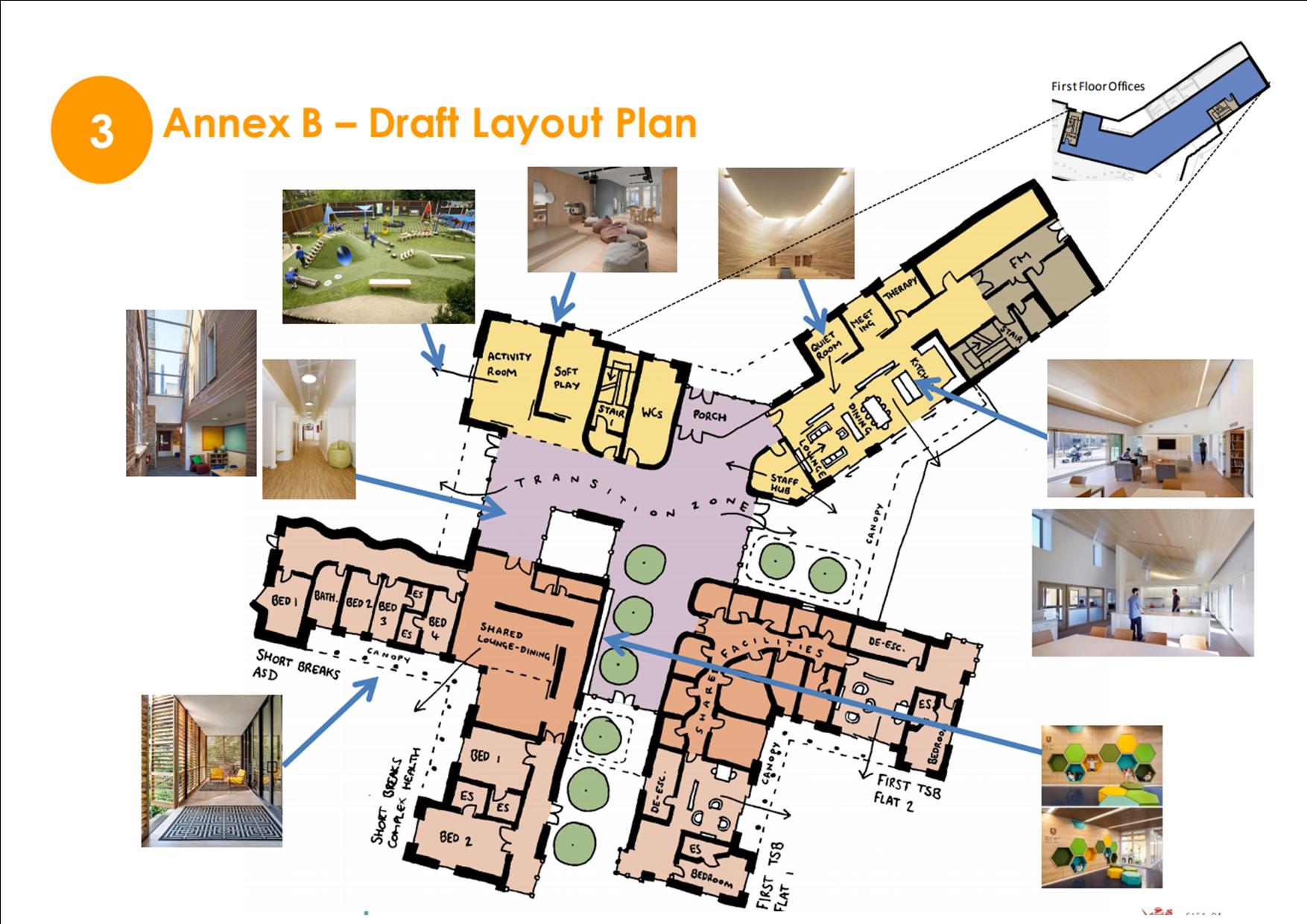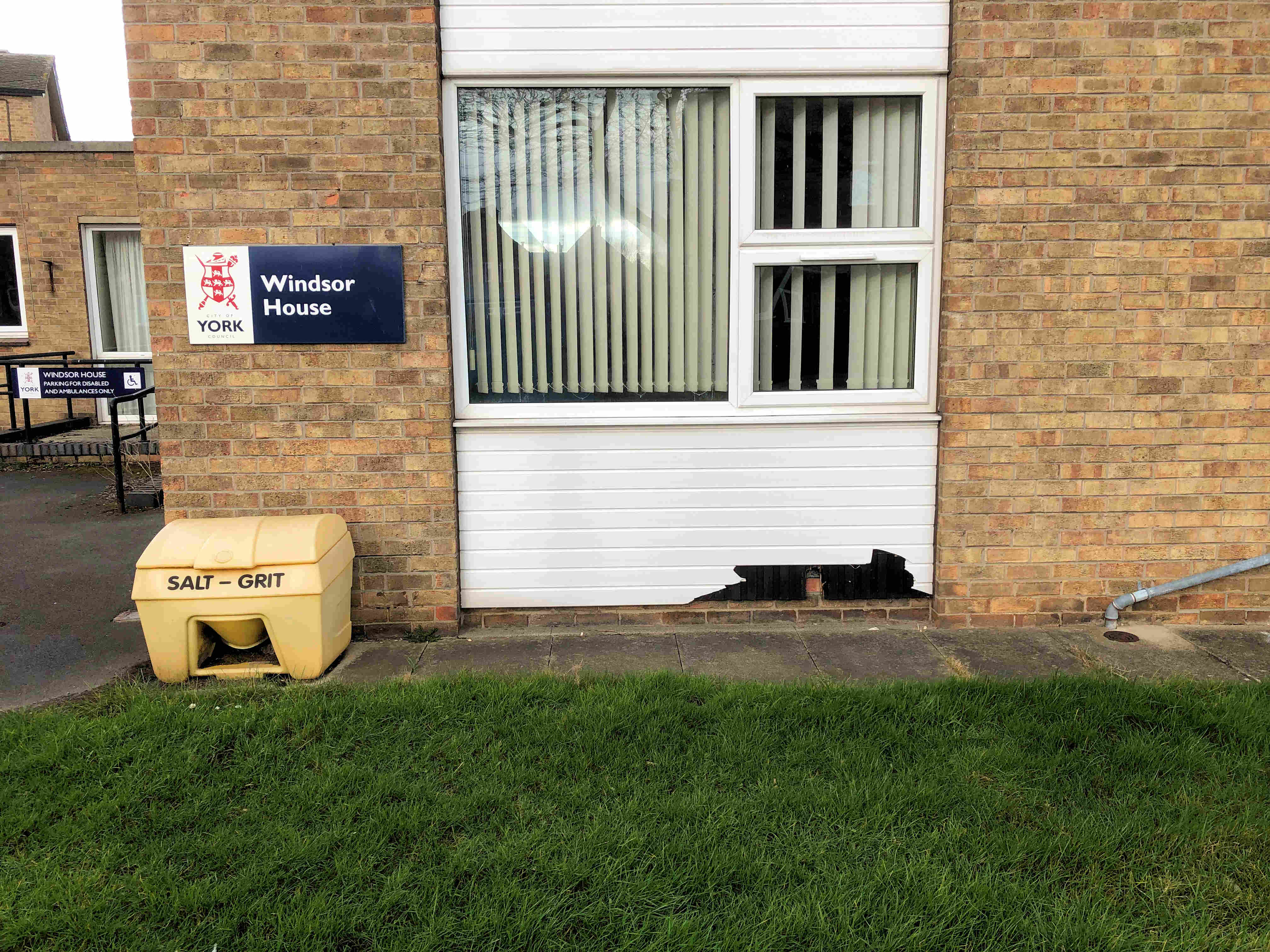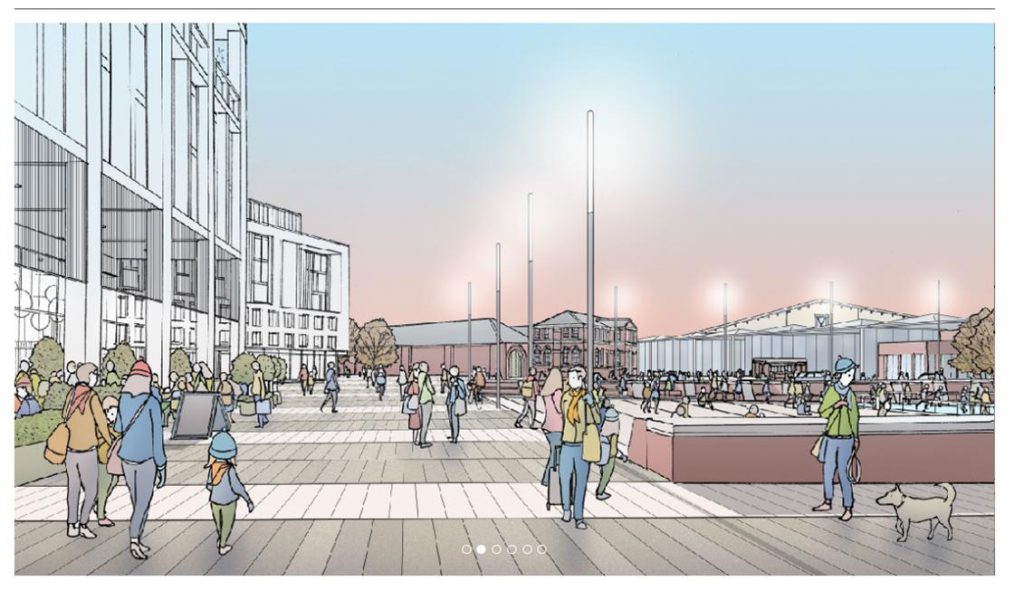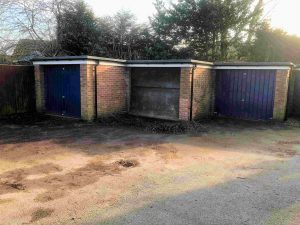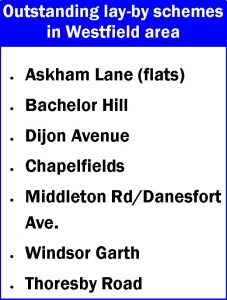4. Housing and Health
There has been a small reduction in the Council housing stock in recent years. This is the resulted from the central government policy which saw discounts increased for “Right to Buy”.

- 15/16 – 68 RTB sales from Council housing stock of 7728
- 16/17 – 79 RTB sales from Council housing stock of 7655
- 17/18 – 72 RTB sales from Council housing stock of 7617
In response the Council has started to build new Council houses and has announced ambitious – by recent standards – plans to build over 600 additional homes. It has also started to buy homes on the open market to add to the rented housing pool.
On homelessness, hyperbole rules in the manifestos. All, of course, will end it. While the numbers on the housing waiting list has been stable, the numbers of rough sleepers has fluctuated. Labour support the Manchester/Finland model (where keys to a home are given to rough sleepers without any behaviour, substance abuse or mental health treatment conditions (That’ll go down well with the neighbours)
meanwhile the coalition is building on sub-urban playing fields and has made little attempt to find replacement open spaces, sports facilities or parks. Partly as a result of this, the City has an obesity problem. Life expectancy in some poorer wards is now relatively low.
Hopefully the new Council will realise that the is more to creating a home than simply bricks and mortar.
NB: Only 1 of the 202 Council candidates – who have declared where they live – is a Council tenant.
